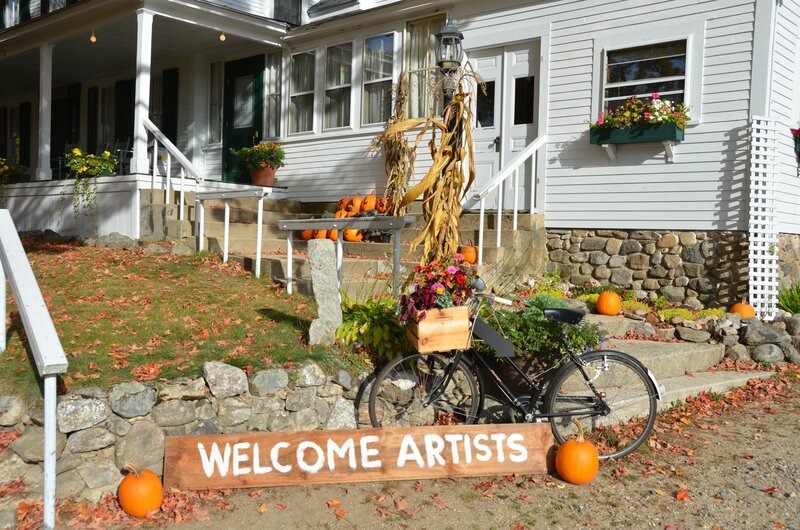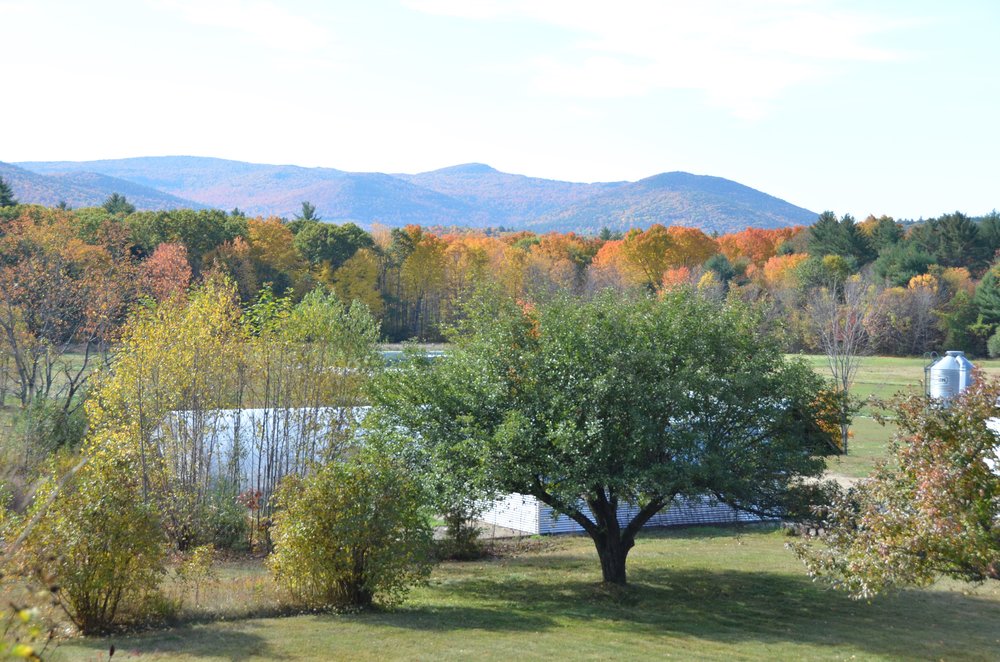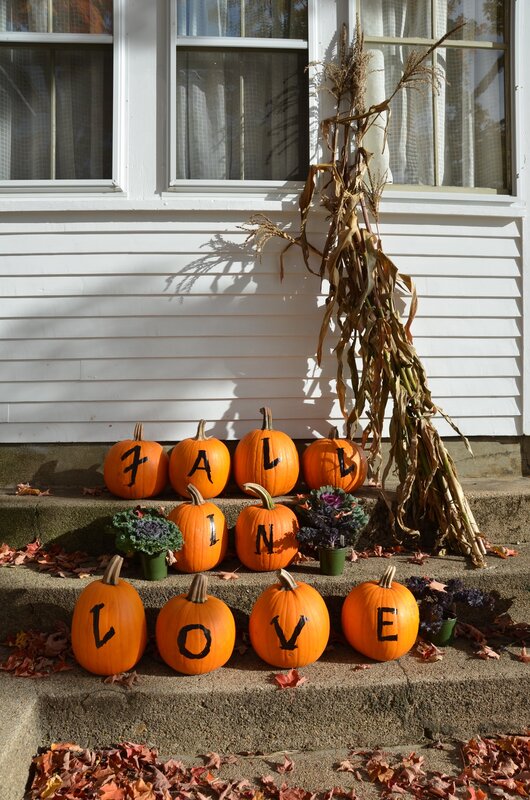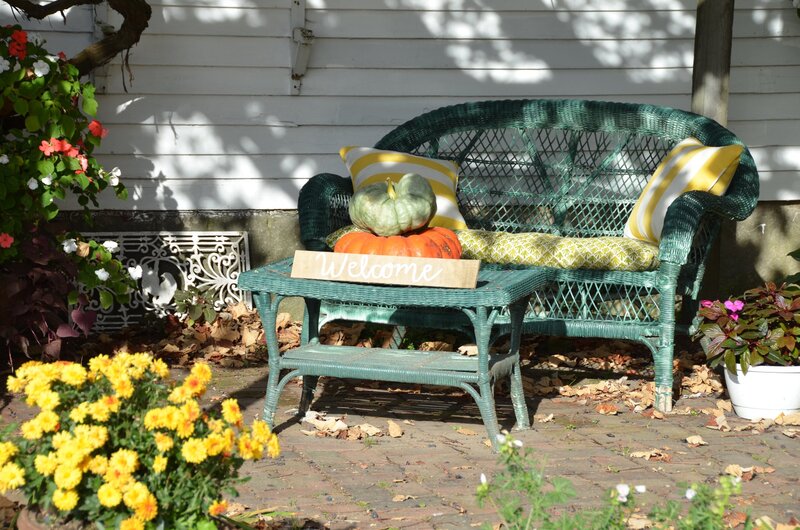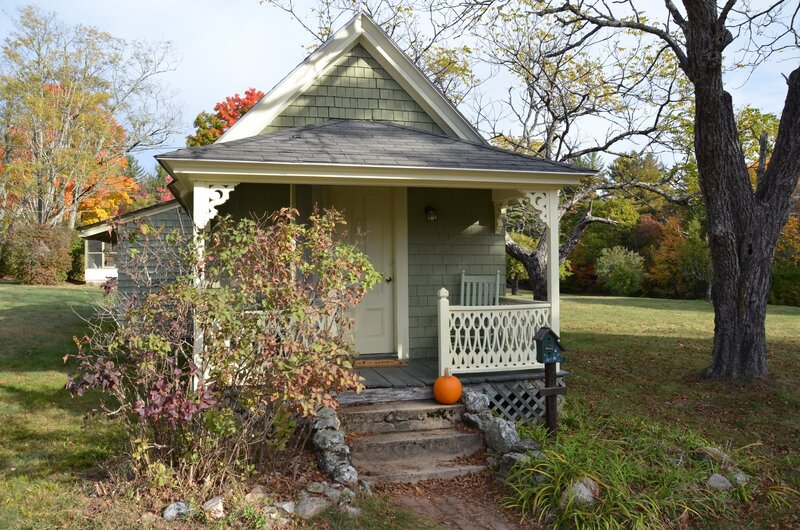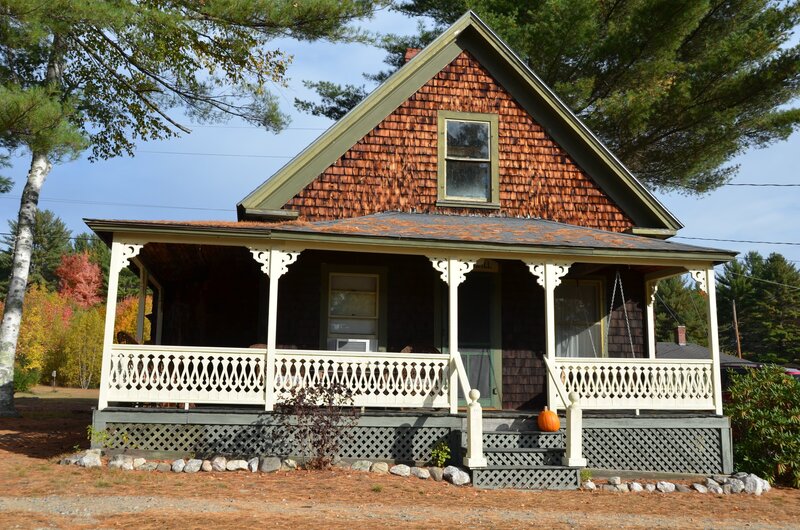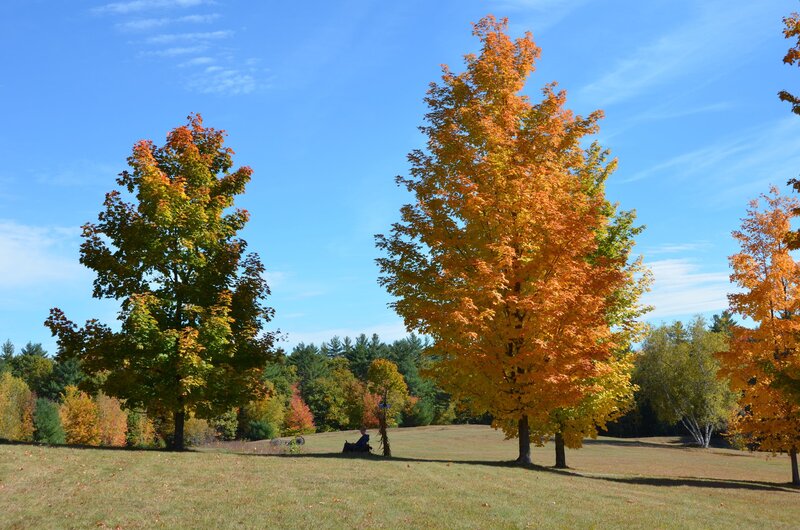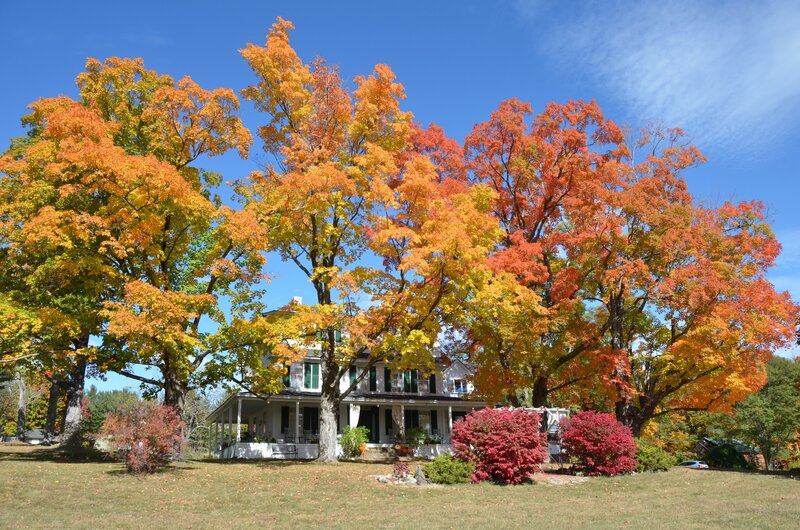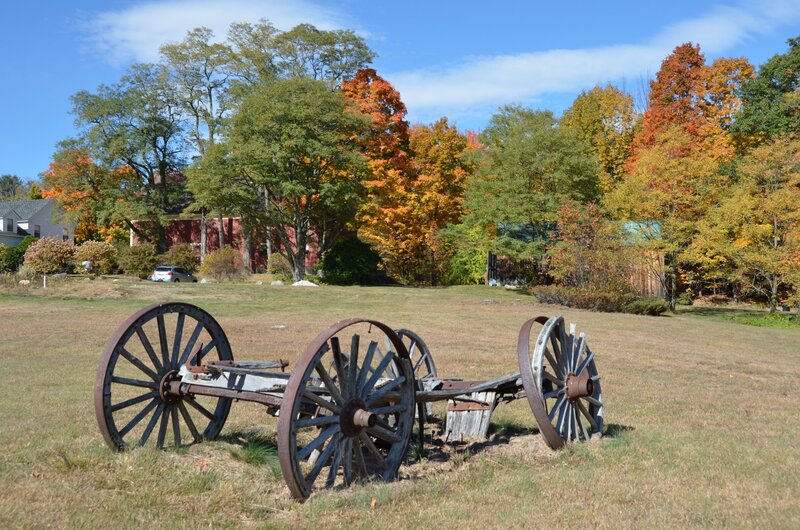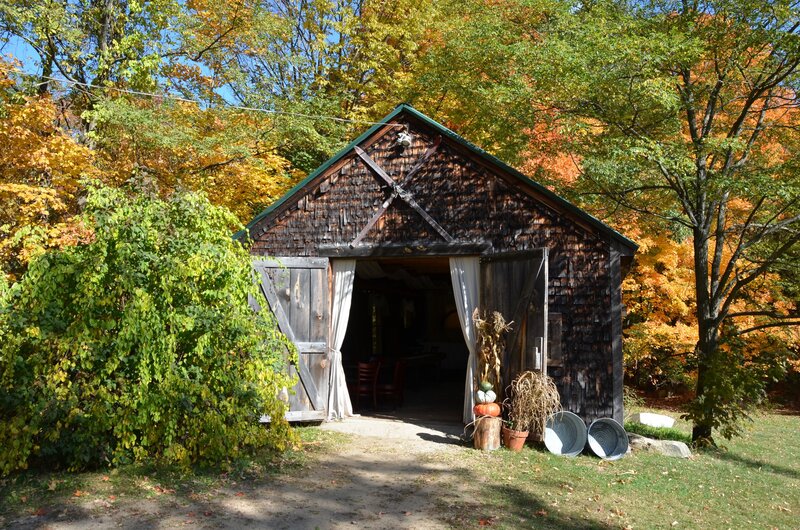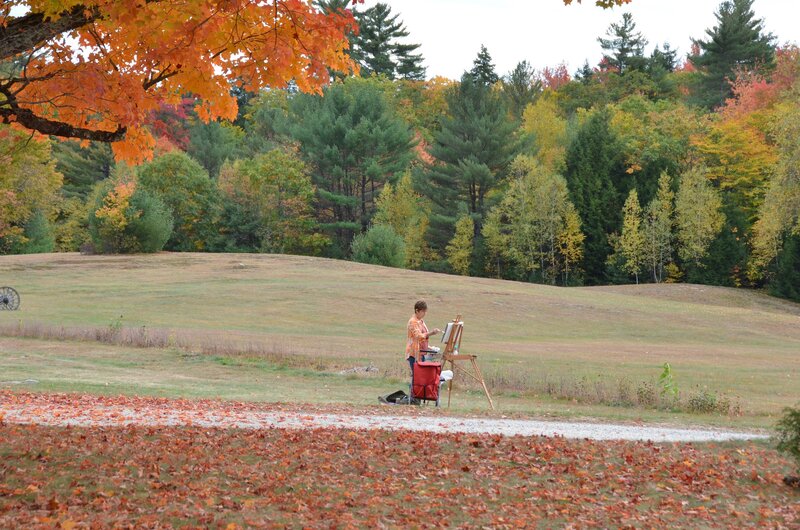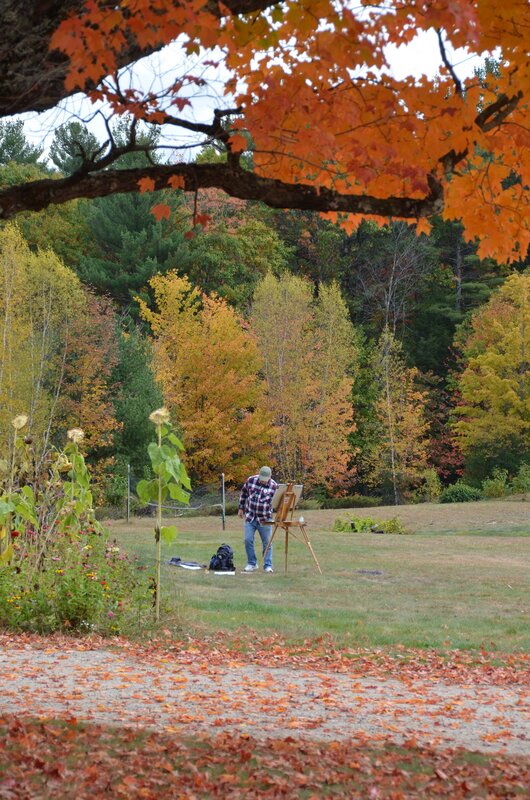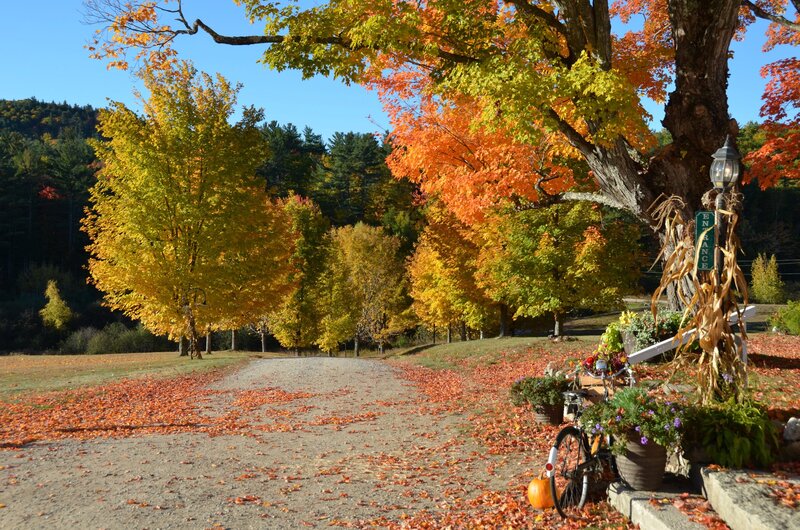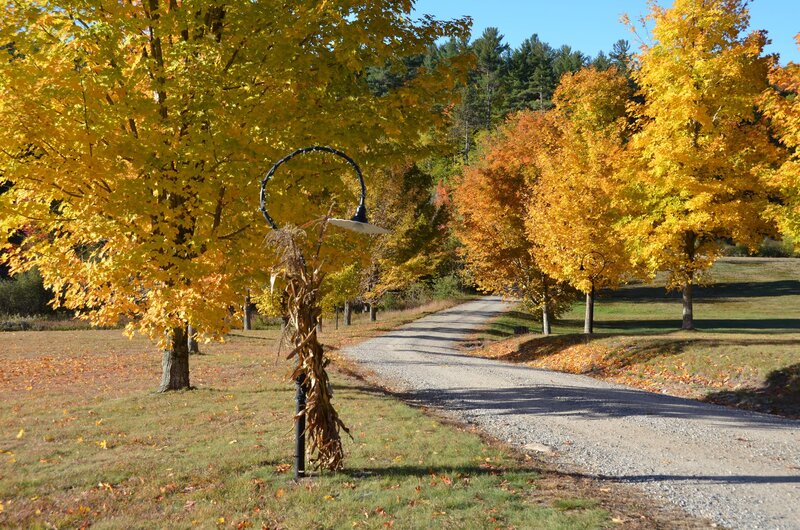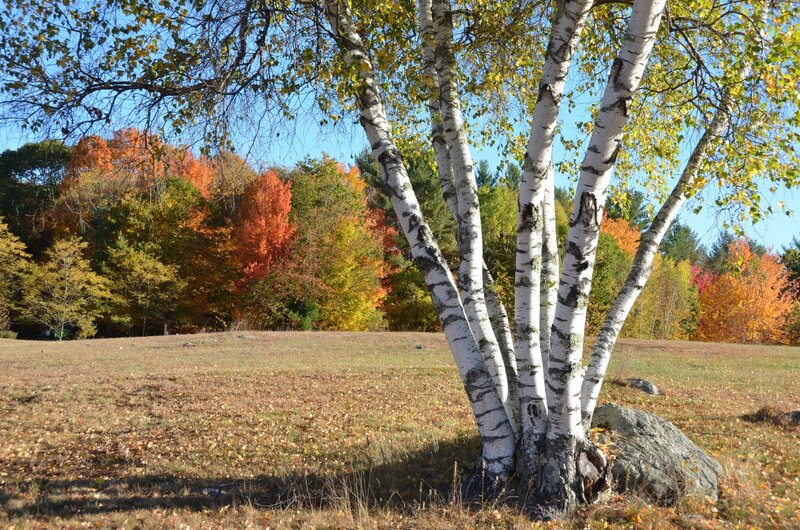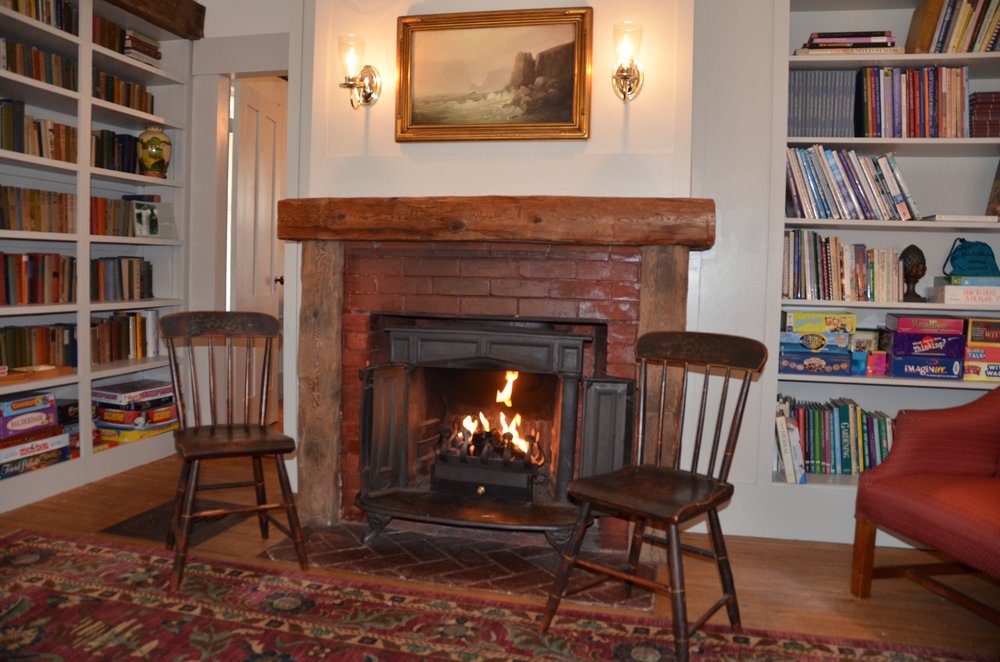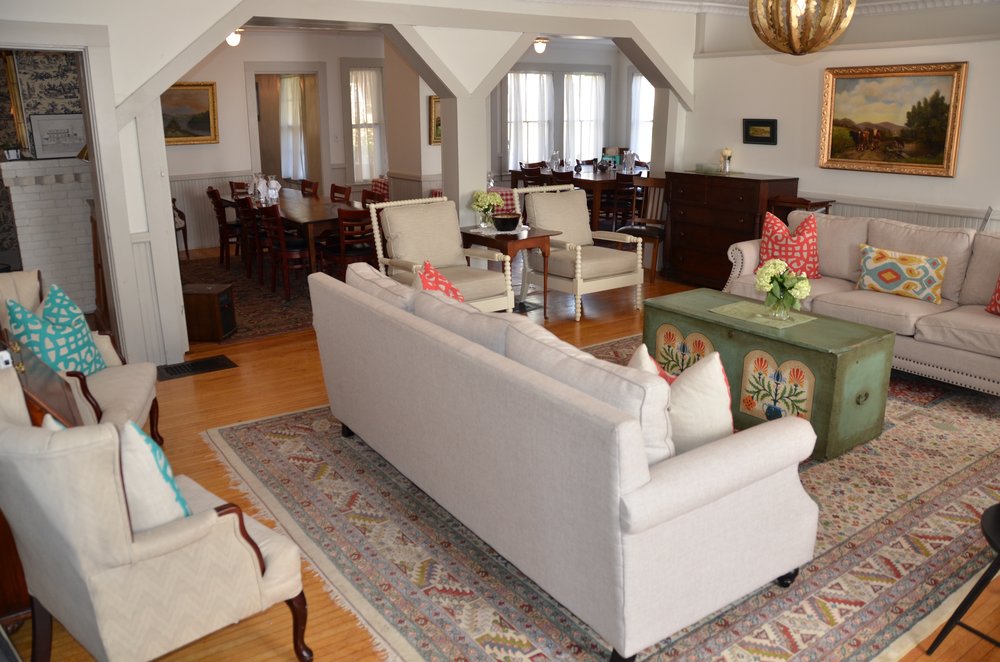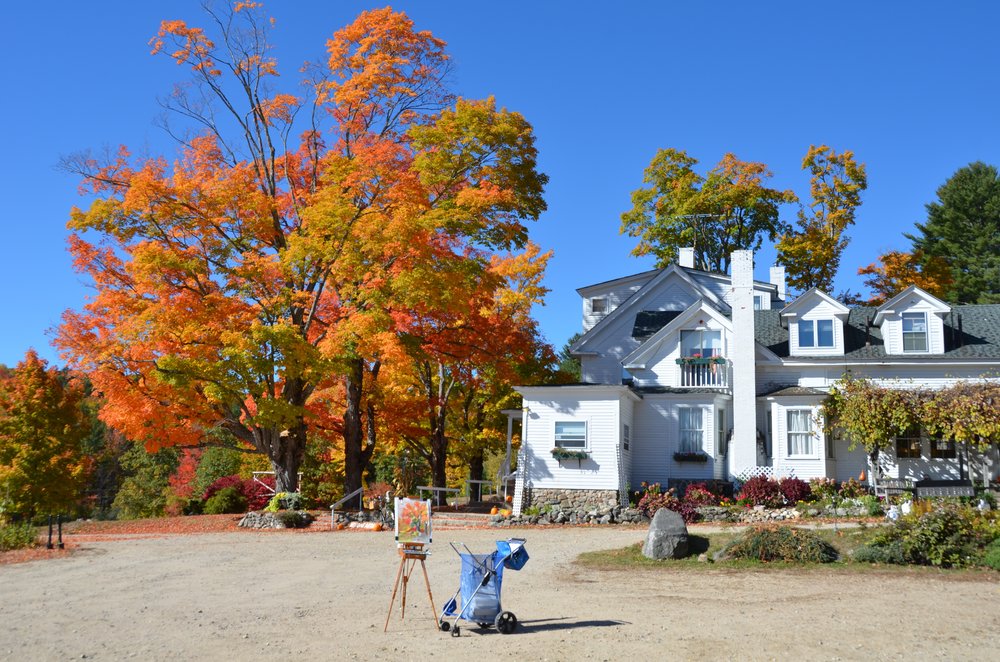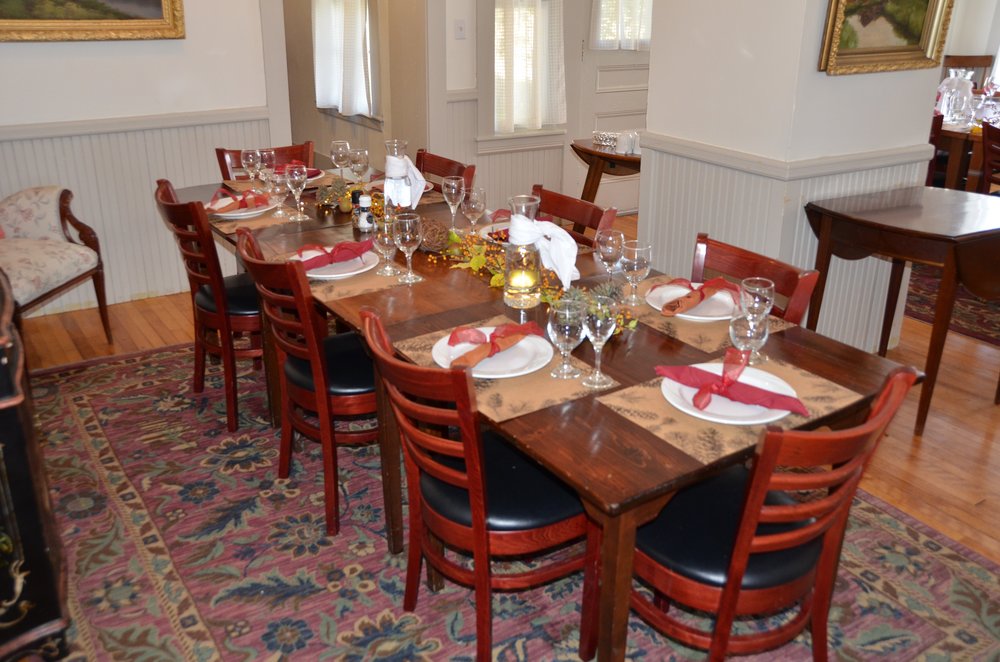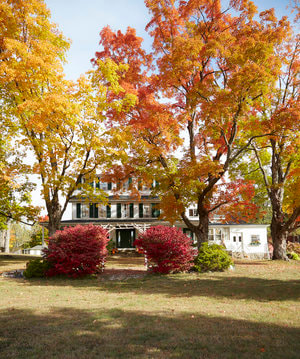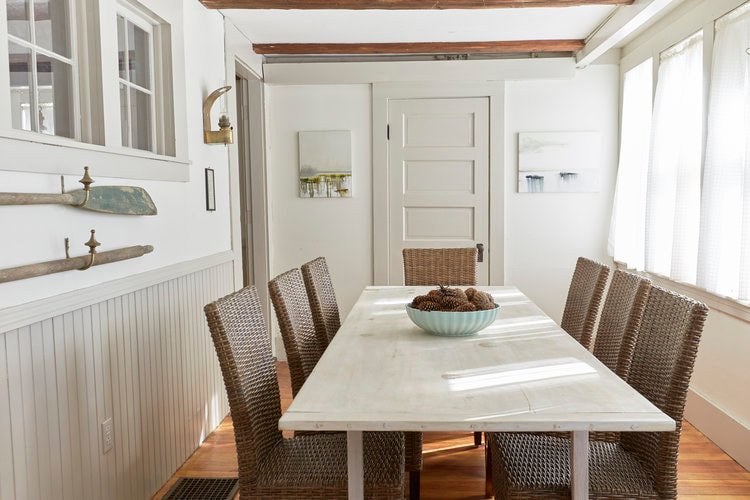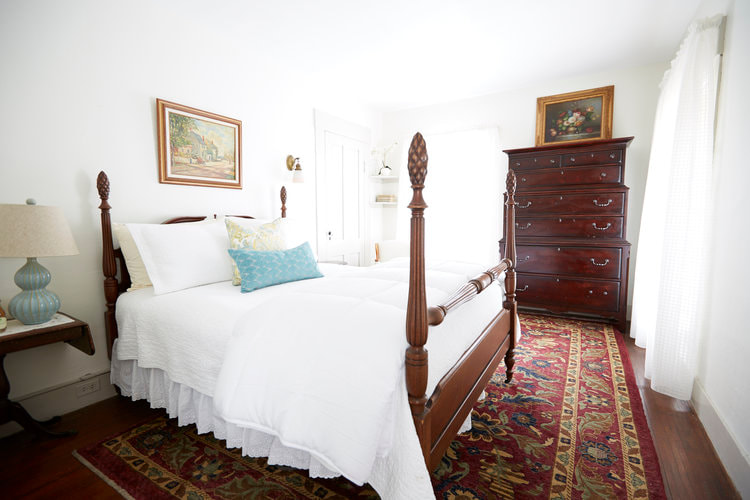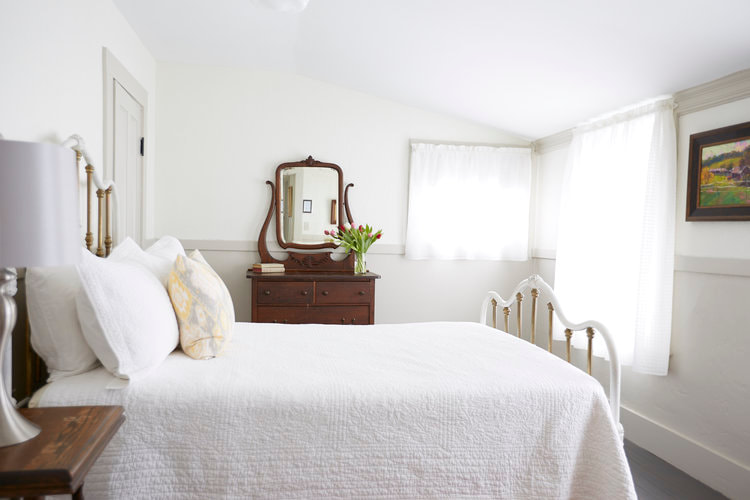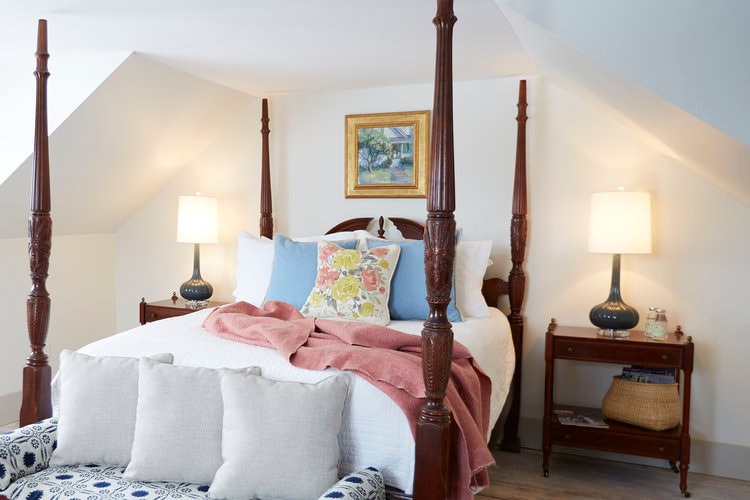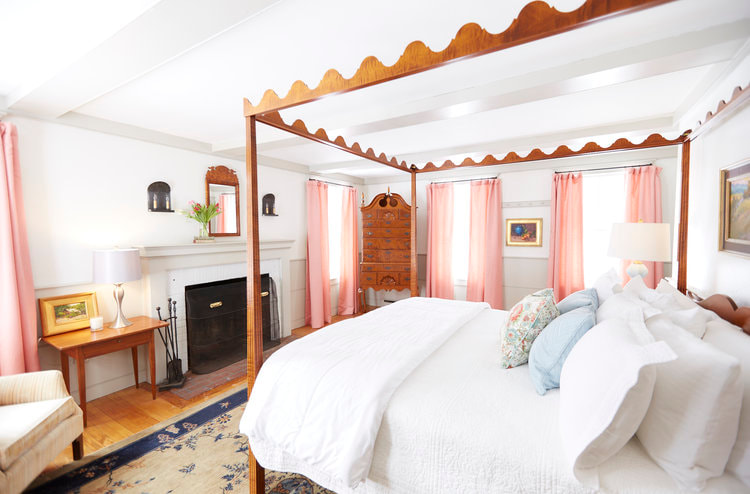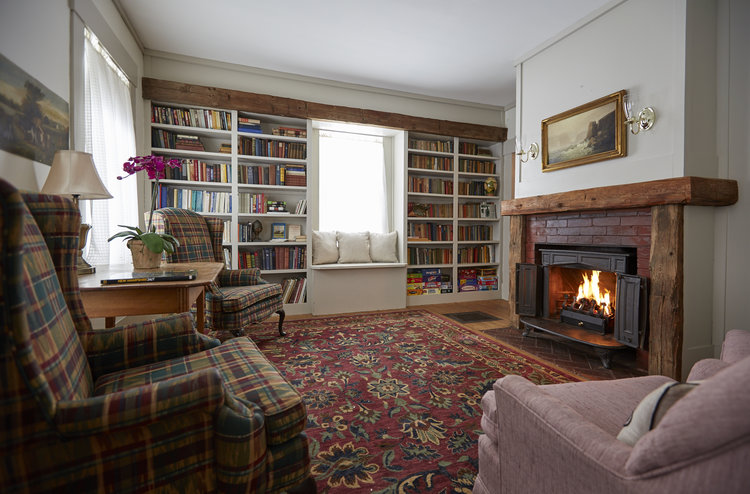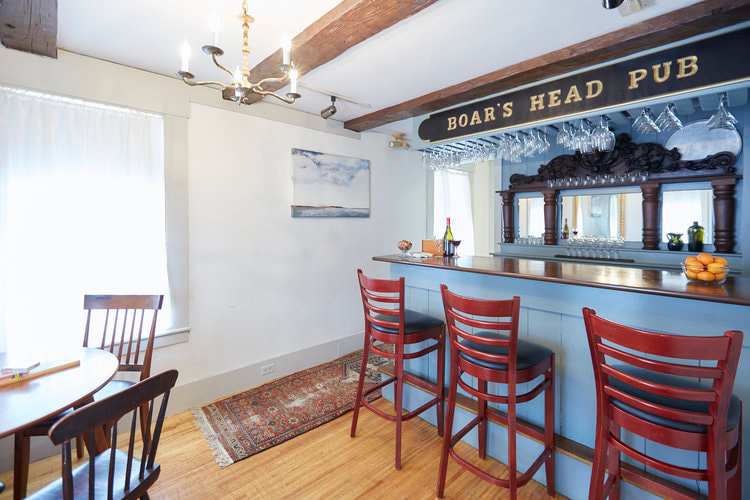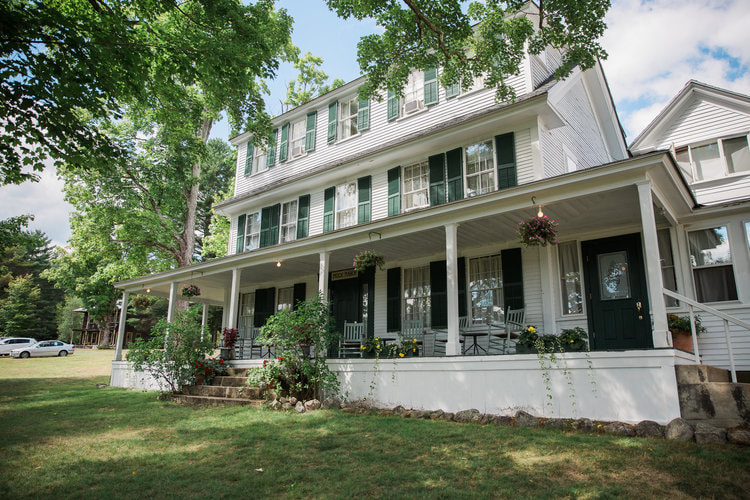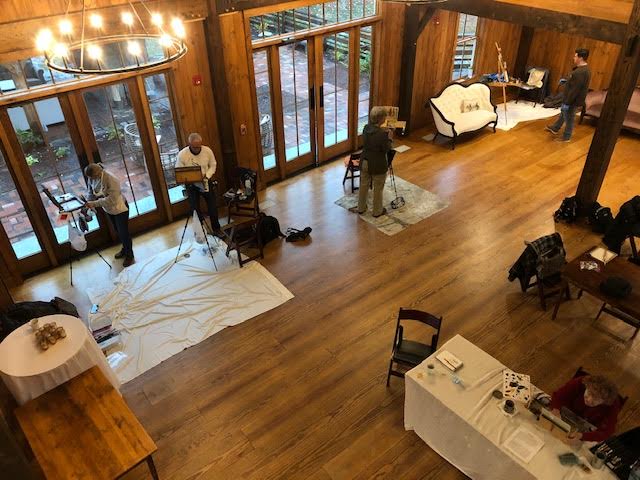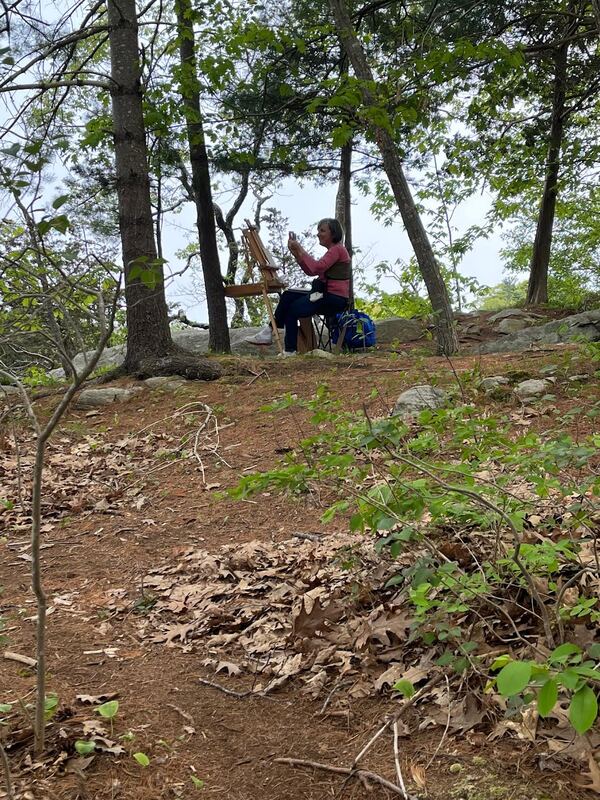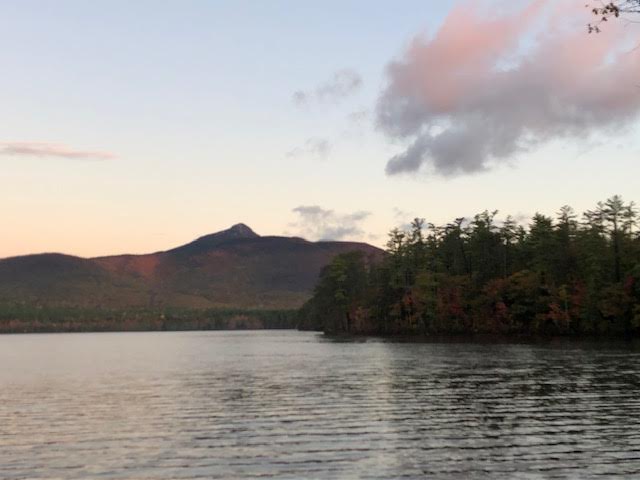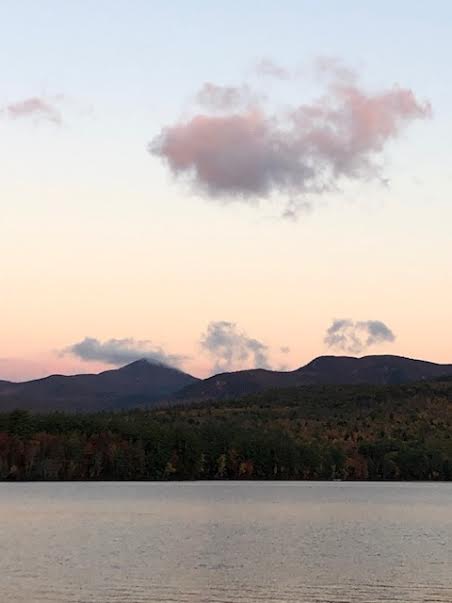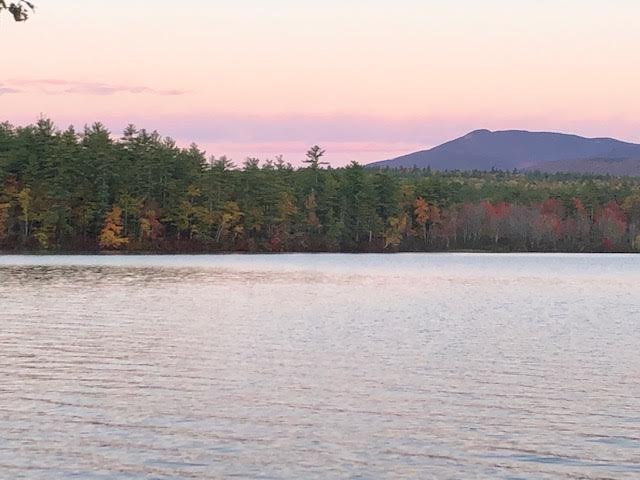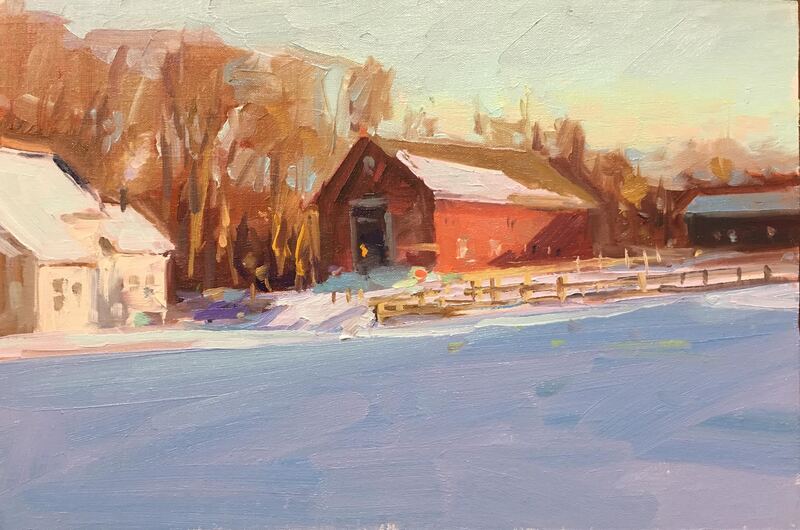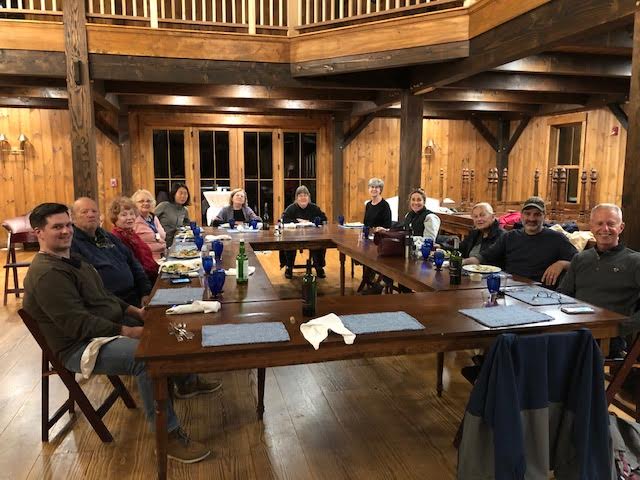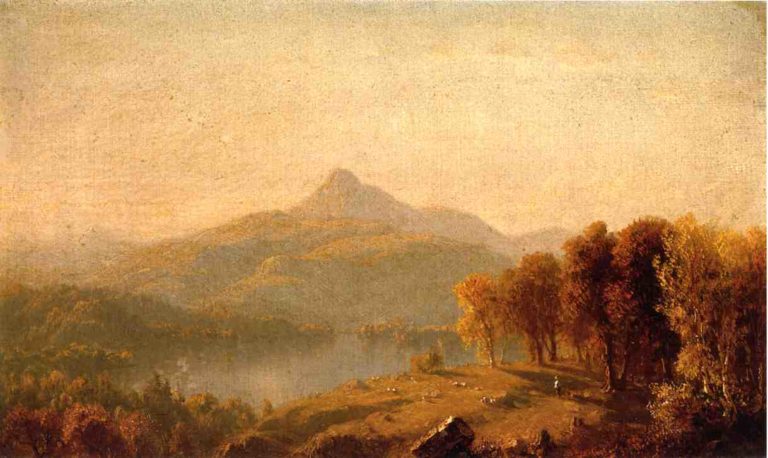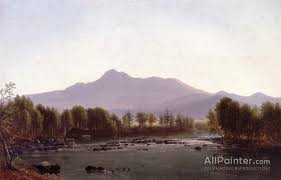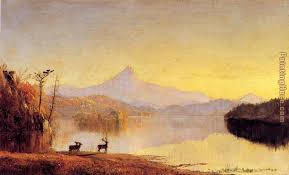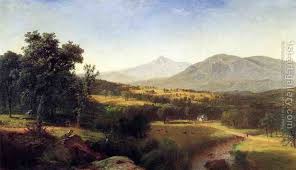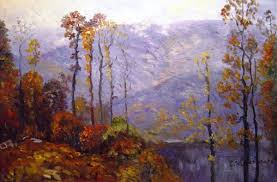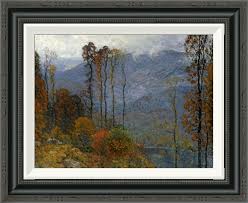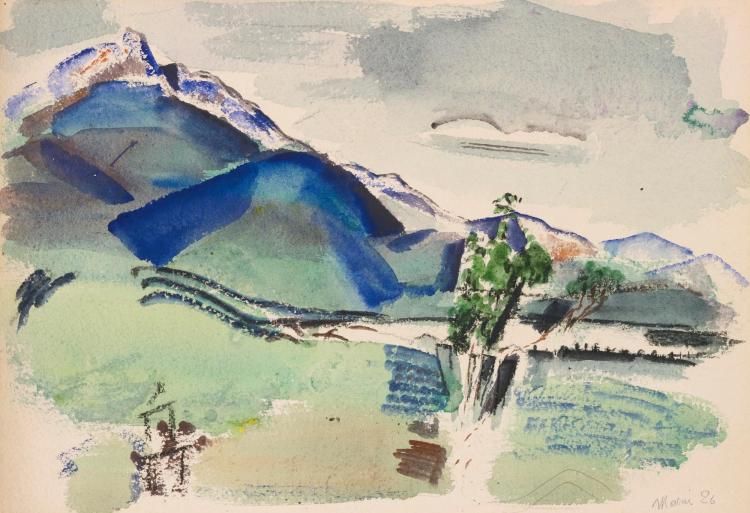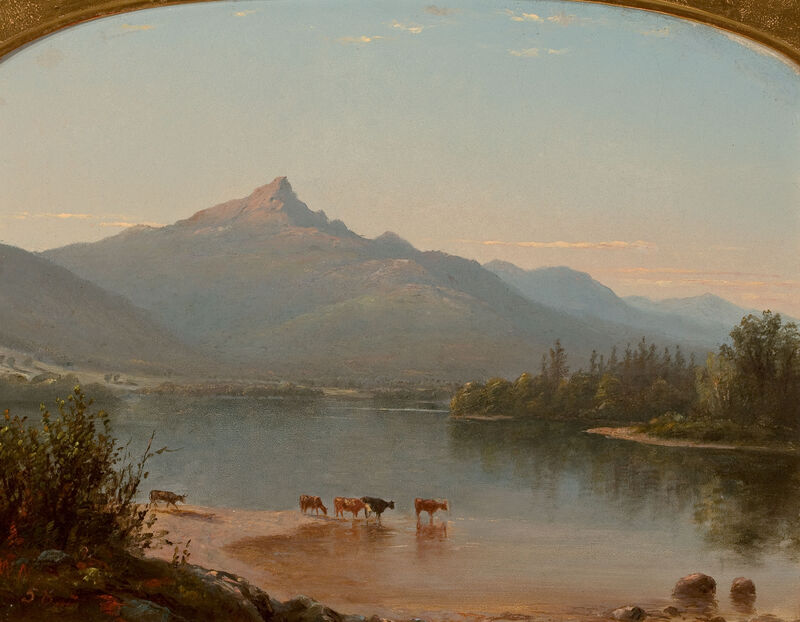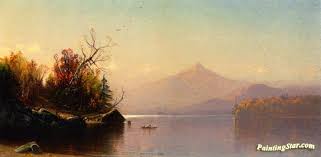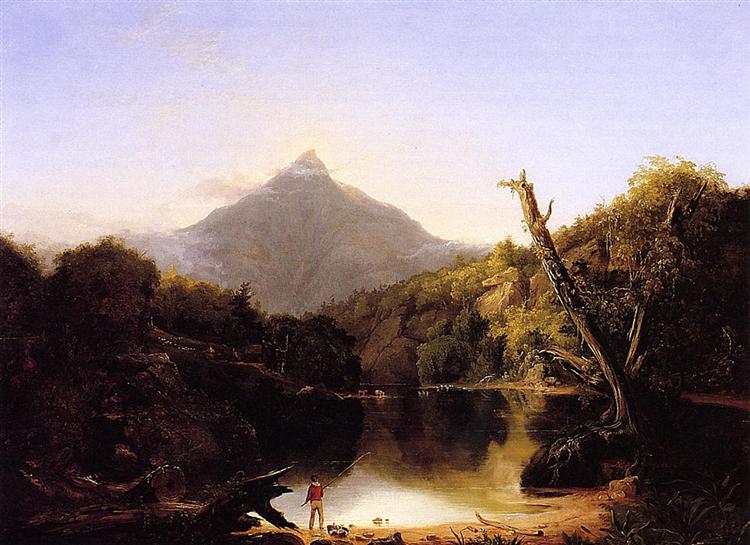WHITE MOUNTAINS, NH
(3 Day Plein air / Team -taught: Bonita, Dacey, Hughes).
Peak Foliage week in the White Mountains. Tamworth, NH
October 14 -16, 2024
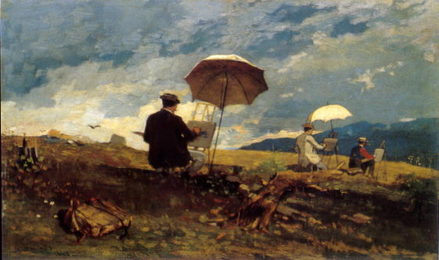 "Artist painting in the White Mountains" by Winslow Homer.
"Artist painting in the White Mountains" by Winslow Homer.
WHITE MOUNTAINS, NH
3 Day Plein air, Team -taught workshop
(Todd Bonita / Alastair Dacey / Tom Hughes)
October 14 - 16, 2024.
The Preserve at Chocorua,Tamworth, NH (Limit 16)
* Workshop Only: $450
* All Inclusive Packages with accommodations and all meals at the Inn and / or cottage upgrade sold seperate. See details below).
Breath fresh fall air in the foothills of the White Mountains on our three day, Team - taught, outdoor painting get away in Tamworth, New Hampshire. We will gather with our paint boxes at Mount Chocorua, nearby historic farms and our Inn, on a 26 acre farmland preserve. We will paint daily from life in the literal footsteps of Thomas Cole, Albert Bierstadt, John Frederick Kensett, Jasper Francis Cropsey, Sanford Gifford and many others from the 19th century, historic White Mountain School.
We will lecture, demonstrate and simplify the outdoor painting process as we capture the atmosphere and sensations of the natural American landscape together as a group. Each day will include a different instructor sharing their knowledge and perspective on outdoor painting and include side-by-side easel critique and assistance. This offering includes an optional package with meals and lodging included in the overall price so your only concern will be to paint and enjoy the natural setting. The Preserve offers an excellent respite from everyday life and has an exceptional chef. An on site, heated barn offers us an alternative, indoor painting studio. There is also a fire pit with Adirondack chairs, perfect for a fall evening gathering to talk shop and learn about the history of the White mountain artist.
REGISTER:
Step 1: Reserve workshop only: $450
Register: Call Todd Bonita: (603) 819-9100
Email: [email protected]
* (Deposit of $200 to hold your space, Balance collected at workshop or mailed earlier if you wish)
* Checks made out to Todd Bonita and mailed to:
Todd Bonita,
28 McShane Ave,
Greenland, NH 03840
Please write: "White Mountain workshop" in the memo on the check).
* Credit Cards or Pay Pay add 4%
* Cash for teachers pet.
* Venmo: @Todd-Bonita
Step 2: Reserve Accommodations:
All Inclusive accommodation Packages: (Contact Mary ar the Preserve at Chocorua: (603) 323 - 8333
* 2 Nights accommodations with private bath in the well appointed, cozy INN.
* Optional private or shared cozy cottage upgrade.
* All meals, snacks, drinks
* Spirits / cocktail evening
* Non-workshop guest / spouse welcome.
* Contact Mary at the Preserve for details, bookings reservations ; (603) 323 - 8333
*You do not have to stay at the Preserve to attend the workshop but we highly reccommend.
SCROLL BELOW for
* Accommodations
* Itinerary
* Supply list
* Frequently Asked Questions
3 Day Plein air, Team -taught workshop
(Todd Bonita / Alastair Dacey / Tom Hughes)
October 14 - 16, 2024.
The Preserve at Chocorua,Tamworth, NH (Limit 16)
* Workshop Only: $450
* All Inclusive Packages with accommodations and all meals at the Inn and / or cottage upgrade sold seperate. See details below).
Breath fresh fall air in the foothills of the White Mountains on our three day, Team - taught, outdoor painting get away in Tamworth, New Hampshire. We will gather with our paint boxes at Mount Chocorua, nearby historic farms and our Inn, on a 26 acre farmland preserve. We will paint daily from life in the literal footsteps of Thomas Cole, Albert Bierstadt, John Frederick Kensett, Jasper Francis Cropsey, Sanford Gifford and many others from the 19th century, historic White Mountain School.
We will lecture, demonstrate and simplify the outdoor painting process as we capture the atmosphere and sensations of the natural American landscape together as a group. Each day will include a different instructor sharing their knowledge and perspective on outdoor painting and include side-by-side easel critique and assistance. This offering includes an optional package with meals and lodging included in the overall price so your only concern will be to paint and enjoy the natural setting. The Preserve offers an excellent respite from everyday life and has an exceptional chef. An on site, heated barn offers us an alternative, indoor painting studio. There is also a fire pit with Adirondack chairs, perfect for a fall evening gathering to talk shop and learn about the history of the White mountain artist.
REGISTER:
Step 1: Reserve workshop only: $450
Register: Call Todd Bonita: (603) 819-9100
Email: [email protected]
* (Deposit of $200 to hold your space, Balance collected at workshop or mailed earlier if you wish)
* Checks made out to Todd Bonita and mailed to:
Todd Bonita,
28 McShane Ave,
Greenland, NH 03840
Please write: "White Mountain workshop" in the memo on the check).
* Credit Cards or Pay Pay add 4%
* Cash for teachers pet.
* Venmo: @Todd-Bonita
Step 2: Reserve Accommodations:
All Inclusive accommodation Packages: (Contact Mary ar the Preserve at Chocorua: (603) 323 - 8333
* 2 Nights accommodations with private bath in the well appointed, cozy INN.
* Optional private or shared cozy cottage upgrade.
* All meals, snacks, drinks
* Spirits / cocktail evening
* Non-workshop guest / spouse welcome.
* Contact Mary at the Preserve for details, bookings reservations ; (603) 323 - 8333
*You do not have to stay at the Preserve to attend the workshop but we highly reccommend.
SCROLL BELOW for
* Accommodations
* Itinerary
* Supply list
* Frequently Asked Questions
ACCOMMODATIONS
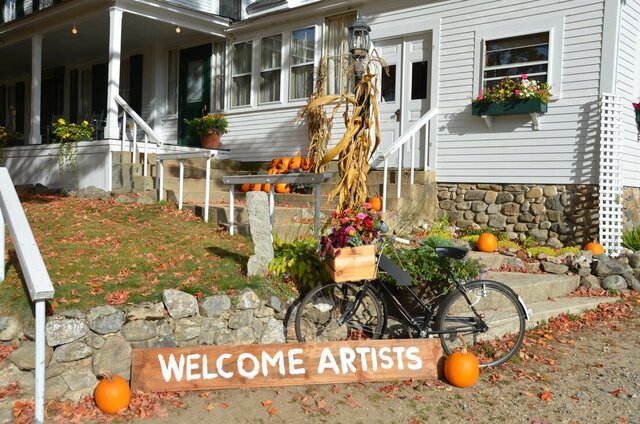
The Preserve at Chocorua
a picturesque White Mountain estate tucked away in the historic town of Tamworth, New Hampshire. The Preserve is a unique property that lends itself to taking it easy, letting time slowly drift by as you reflect on the nostalgia of days gone by. The Preserve was among the earliest farms to open its doors and was known as "Hayford's in the Fields" in the 1890's. It is our intent to extend a warm welcome to all those who choose to host their event with us. We hope you enjoy this exquisite property and form everlasting memories as you celebrate your joyous occasion.
Although our historical past runs deep, we have committed to improving our future by promoting green and sustainable events that produce the smallest carbon footprint as possible. Please take a look at all this wonderful estate has to offer.
26 ACRES OF UNTOUCHED NATURAL BEAUTY. EACH SEASON WITH ITS OWN UNIQUE CHARACTER. "OFFER YOUR FAMILY & FRIENDS A RESPITE FROM EVERYDAY LIFE WITH OUR GRACIOUS & HISTORIC SETTING"
The Barn - Accommodates 225+ guests with a dance floor. Heated & air conditioned. Our new beautifully inspired, state of the art barn had just been completed. A Timber Peg Frame paired with modern light fixtures and finishes make this barn anything but rustic.
The Sap House - A quintessential New England Maple Sugar shack with endless uses. Host an intimate ceremony, stage with stately furniture for a lounge feel, or host an indoor/outdoor cocktail hour. Custom uses for your event are endless.
Ice Pavilion - Being constructed on the foundation of the old "ice house" this pavilion is a covered open air space complete with outdoor hearth stone fireplace, bricked hardscape, and bistro lighting. Pure perfection for your cocktail reception, ceremony, or for sitting fireside late night.
On Property - Two fire pits, Adirondack lounge chairs, croquet, lawn games, BBQ grills, hiking trails, cross country skiing trails, and more.
Sperry Sailcloth Tent - Our custom Sperry Tent is a sight to behold as you drive onto our property. The billowing peaks and our gentle rolling lawns allow for the perfect tented event setting, rain or shine.
Accommodations - Our four cottages, carriage house, and the main farmhouse can accommodate 60 overnight guests.
Parking - On site, easily accessible parking.
Trash & Recycling - Garbage receptacles on site, and we do encourage and assist with recycling.
a picturesque White Mountain estate tucked away in the historic town of Tamworth, New Hampshire. The Preserve is a unique property that lends itself to taking it easy, letting time slowly drift by as you reflect on the nostalgia of days gone by. The Preserve was among the earliest farms to open its doors and was known as "Hayford's in the Fields" in the 1890's. It is our intent to extend a warm welcome to all those who choose to host their event with us. We hope you enjoy this exquisite property and form everlasting memories as you celebrate your joyous occasion.
Although our historical past runs deep, we have committed to improving our future by promoting green and sustainable events that produce the smallest carbon footprint as possible. Please take a look at all this wonderful estate has to offer.
26 ACRES OF UNTOUCHED NATURAL BEAUTY. EACH SEASON WITH ITS OWN UNIQUE CHARACTER. "OFFER YOUR FAMILY & FRIENDS A RESPITE FROM EVERYDAY LIFE WITH OUR GRACIOUS & HISTORIC SETTING"
The Barn - Accommodates 225+ guests with a dance floor. Heated & air conditioned. Our new beautifully inspired, state of the art barn had just been completed. A Timber Peg Frame paired with modern light fixtures and finishes make this barn anything but rustic.
The Sap House - A quintessential New England Maple Sugar shack with endless uses. Host an intimate ceremony, stage with stately furniture for a lounge feel, or host an indoor/outdoor cocktail hour. Custom uses for your event are endless.
Ice Pavilion - Being constructed on the foundation of the old "ice house" this pavilion is a covered open air space complete with outdoor hearth stone fireplace, bricked hardscape, and bistro lighting. Pure perfection for your cocktail reception, ceremony, or for sitting fireside late night.
On Property - Two fire pits, Adirondack lounge chairs, croquet, lawn games, BBQ grills, hiking trails, cross country skiing trails, and more.
Sperry Sailcloth Tent - Our custom Sperry Tent is a sight to behold as you drive onto our property. The billowing peaks and our gentle rolling lawns allow for the perfect tented event setting, rain or shine.
Accommodations - Our four cottages, carriage house, and the main farmhouse can accommodate 60 overnight guests.
Parking - On site, easily accessible parking.
Trash & Recycling - Garbage receptacles on site, and we do encourage and assist with recycling.
ITINERARY
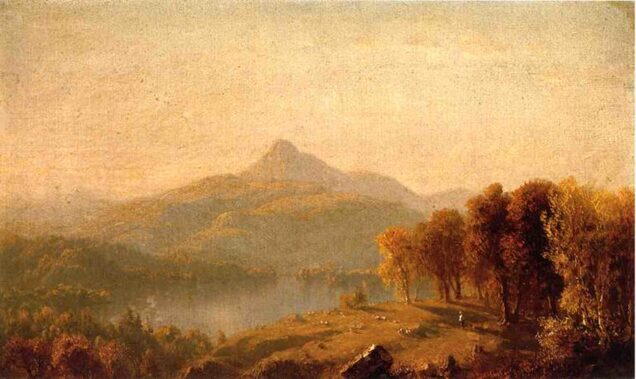
Monday: Arrive at 10am at the Preserve at Chocorua, 88 Philbrook Neighborhood Road, Tamworth, NH.
Keep your overnight bags in your car (Official INN check in is at 3pm). Bring your art supplies and lunch and get acquainted in the barn. Lecture, demo and paint with Todd Bonita on the 26 acres at the Preserve, fall trees, grounds, cottages, trails, stone walls, etc, until 430. cocktail hour (6pm -7). Dinner together (Nightly 7pm)
Tuesday: *Optional sunrise photo session at Mt. Chocorua Lake. (2 miles away) Sunrise at 7:45am.
Breakfast daily 730-9. After breakfast make our way to Remick Museum Farm. 58 Cleveland Hill Road, Tamworth.
Lecture, Demo and paint for the day with Alastair Dacey until 4. cocktail hour (6pm -7). Dinner together.
Wednesday: After breakfast, head out and paint foliage with Tom Hughes. Return for check out and Group critique at 3pm in the barn.
Keep your overnight bags in your car (Official INN check in is at 3pm). Bring your art supplies and lunch and get acquainted in the barn. Lecture, demo and paint with Todd Bonita on the 26 acres at the Preserve, fall trees, grounds, cottages, trails, stone walls, etc, until 430. cocktail hour (6pm -7). Dinner together (Nightly 7pm)
Tuesday: *Optional sunrise photo session at Mt. Chocorua Lake. (2 miles away) Sunrise at 7:45am.
Breakfast daily 730-9. After breakfast make our way to Remick Museum Farm. 58 Cleveland Hill Road, Tamworth.
Lecture, Demo and paint for the day with Alastair Dacey until 4. cocktail hour (6pm -7). Dinner together.
Wednesday: After breakfast, head out and paint foliage with Tom Hughes. Return for check out and Group critique at 3pm in the barn.
SUPPLY LIST
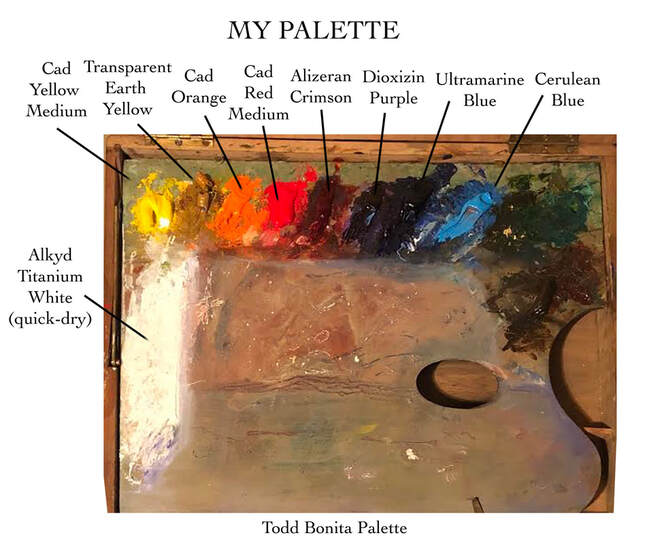
Supply list:
(Think light weight and portable, find creative ways to simplify...I manage to pack everything below in a back pack and hit the trail. I get most of my supplies online at ASW, Jerrys Artarama, Dick Blick, Cheap Joes or Utrecht).
(CLICK HERE FOR AN ILLUSTRATED PAGE OF MY SUPPLY LIST)
Portable Easel
I use a Pochade box for working outside.
(I use the 10x12" Open Box M system and sometimes the 6x8" Guerilla box for smaller work, both are mounted to a photographers tripod. I use a $35 photographers tripod I bought at Wall Mart. If you prefer the French easels, go with the lighter and smaller Jullian Half box easel. You might check Ebay or try "All of Craigslist" search for whatever easel you decide to go with. * Here is a terrific article on Pochade Box reviews from the popular Lines and Colors blog. This will give you a thorough understanding of whats available and best for you. Click here.
Paint
*(I recommend a minimal palette of a warm and cool version of the three primaries plus white (with maybe a few extras)....Please spend the extra for professional grade paints. I use Williamsburg, Winsor & Newton and Gamblin brands but there are many good options.)
My Colors as I lay them out from left to right on my easel.
* Quick dry white: (Experiment and try any quick dry white but I like Alkyd paint. Alkyd is a quick dry paint that plays nice with oils. For brands, I like Gamblin, DaVinci and my favorite is Winsor Newton Griffin Alkyd Titanium White)
(For oils, I use these colors below:)
* Titanium White
* Cad Yellow Medium
* Yellow ochre (I discovered the alternative ; Transparent Earth Yellow by Gamblin)
* Alizeran Crimson Permanent
* Cadmium Red Medium
* Ultramarine Blue
* Cerulean Blue
* Burnt SiennaI
(For comfort colors, I will sometimes add these options:)
* Cadmium Orange (Optional. You can easily mix this combining the Cad red and cad yellow)
* Dioxizine Purple (Optional. Great for deep, dark cool accents)
* Sap Green (Optional. A warm, transparent earth green, I simply see this color in nature a lot).
* Ivory black (Optional. Forget what your art school professor when he told you not to use Black. He's crazy, Sargent used it perfectly fine).
* raw or burnt umber (optional) (Optional. I like to have at least one earth brown color with me. I mostly use Burnt Sienna but like the comfort of having these in my pack).
Painting surface
Canvas, canvas or linen mounted on board or gessoed wood panel (sizes can range from 6x8” to 14x18” but I would not go larger)...(Bring enough for two paintings each day.
Brushes
*Assortment of bristle brushes (I suggest large, medium and small in three styles: Flats, Rounds and Filberts. I mostly use Robert Simmons Signet series flats #3, #6 and #10)
*One or two Royal sable flats in medium and large sizes (size 10 or 16) for blending and softening edges (I prefer Langnickel.)
*Small synthetic rounds for details. (I suggest Winsor and Newton Septre Gold 2 in the 404 series...size 4 and / or size 6)
Other
Trowel type Pallet knife
liquin and pallet cup
Gamsol (Turpentine substitute) with container or medium glass jar
paper towels (Blue shop towels are the best)
Soft pencil, eraser and sketchbook
Ruler, straight edge or a mahl stick (something to make straight lines with is handy)
A Veiwfinder: Important! Whether homemade or store bought, it must be adjustable or proportionate to your canvases. Viewcatcher is ideal.
Artist paint box or back pack for supplies
Wet paint carrier. I love the PanelPaks...they are lightweight and convenient.
*Appropriate clothing for outdoor weather and conditions.
Optional
Hat
sunglasses
Water bottle or something to drink, snack
Sun block
Bug spray
If you are uncomfortable standing you may consider a portable folding chair
Wheeled caddy for supplies if necessary
Camera
Umbrella
(Think light weight and portable, find creative ways to simplify...I manage to pack everything below in a back pack and hit the trail. I get most of my supplies online at ASW, Jerrys Artarama, Dick Blick, Cheap Joes or Utrecht).
(CLICK HERE FOR AN ILLUSTRATED PAGE OF MY SUPPLY LIST)
Portable Easel
I use a Pochade box for working outside.
(I use the 10x12" Open Box M system and sometimes the 6x8" Guerilla box for smaller work, both are mounted to a photographers tripod. I use a $35 photographers tripod I bought at Wall Mart. If you prefer the French easels, go with the lighter and smaller Jullian Half box easel. You might check Ebay or try "All of Craigslist" search for whatever easel you decide to go with. * Here is a terrific article on Pochade Box reviews from the popular Lines and Colors blog. This will give you a thorough understanding of whats available and best for you. Click here.
Paint
*(I recommend a minimal palette of a warm and cool version of the three primaries plus white (with maybe a few extras)....Please spend the extra for professional grade paints. I use Williamsburg, Winsor & Newton and Gamblin brands but there are many good options.)
My Colors as I lay them out from left to right on my easel.
* Quick dry white: (Experiment and try any quick dry white but I like Alkyd paint. Alkyd is a quick dry paint that plays nice with oils. For brands, I like Gamblin, DaVinci and my favorite is Winsor Newton Griffin Alkyd Titanium White)
(For oils, I use these colors below:)
* Titanium White
* Cad Yellow Medium
* Yellow ochre (I discovered the alternative ; Transparent Earth Yellow by Gamblin)
* Alizeran Crimson Permanent
* Cadmium Red Medium
* Ultramarine Blue
* Cerulean Blue
* Burnt SiennaI
(For comfort colors, I will sometimes add these options:)
* Cadmium Orange (Optional. You can easily mix this combining the Cad red and cad yellow)
* Dioxizine Purple (Optional. Great for deep, dark cool accents)
* Sap Green (Optional. A warm, transparent earth green, I simply see this color in nature a lot).
* Ivory black (Optional. Forget what your art school professor when he told you not to use Black. He's crazy, Sargent used it perfectly fine).
* raw or burnt umber (optional) (Optional. I like to have at least one earth brown color with me. I mostly use Burnt Sienna but like the comfort of having these in my pack).
Painting surface
Canvas, canvas or linen mounted on board or gessoed wood panel (sizes can range from 6x8” to 14x18” but I would not go larger)...(Bring enough for two paintings each day.
Brushes
*Assortment of bristle brushes (I suggest large, medium and small in three styles: Flats, Rounds and Filberts. I mostly use Robert Simmons Signet series flats #3, #6 and #10)
*One or two Royal sable flats in medium and large sizes (size 10 or 16) for blending and softening edges (I prefer Langnickel.)
*Small synthetic rounds for details. (I suggest Winsor and Newton Septre Gold 2 in the 404 series...size 4 and / or size 6)
Other
Trowel type Pallet knife
liquin and pallet cup
Gamsol (Turpentine substitute) with container or medium glass jar
paper towels (Blue shop towels are the best)
Soft pencil, eraser and sketchbook
Ruler, straight edge or a mahl stick (something to make straight lines with is handy)
A Veiwfinder: Important! Whether homemade or store bought, it must be adjustable or proportionate to your canvases. Viewcatcher is ideal.
Artist paint box or back pack for supplies
Wet paint carrier. I love the PanelPaks...they are lightweight and convenient.
*Appropriate clothing for outdoor weather and conditions.
Optional
Hat
sunglasses
Water bottle or something to drink, snack
Sun block
Bug spray
If you are uncomfortable standing you may consider a portable folding chair
Wheeled caddy for supplies if necessary
Camera
Umbrella
